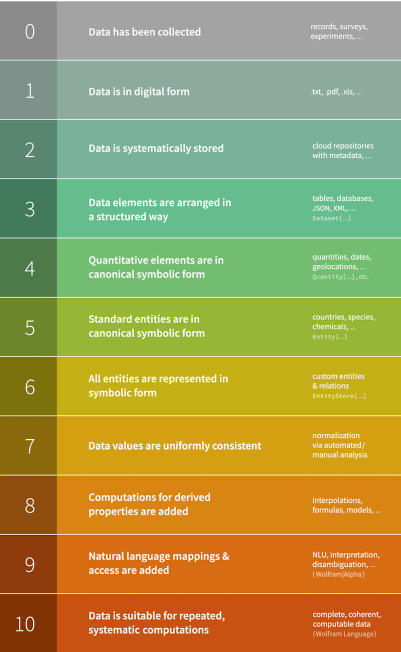
You are using a browser not supported by the Wolfram Cloud
Supported browsers include recent versions of Chrome, Edge, Firefox and Safari.
I understand and wish to continue anyway »
Human Expert + LLM Agents |
⇑ |
Human Expert |
?? ⇑ ?? |
Well-Directed LLM |
⇑ |
Bumbling Human / Poorly-Directed LLM |

Chicago | CITY |
Chicago | CITY |
Chicago | CITY |
| ||||||
| ||||||
| ||||||
| ||||||
| ||||||
| ||||||

Entity Property | |||||||||||
| |||||||||||
|
Fair Market Rents | DATA SOURCE |
data source |
United States | COUNTRY |
| ||||||
 |
|

You are using a browser not supported by the Wolfram Cloud
Supported browsers include recent versions of Chrome, Edge, Firefox and Safari.
I understand and wish to continue anyway »